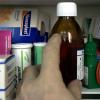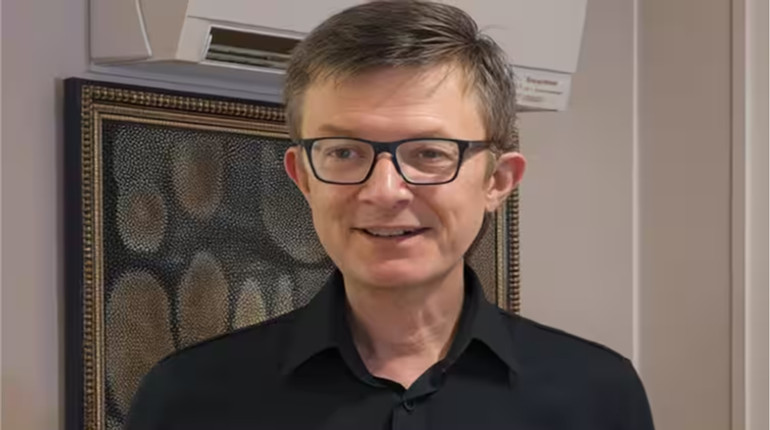Like pharmaceutical residues in the wastewater

Tablet swallowed, pain away, everything good? Not quite. The consumption of medication has consequences that go far beyond the person who wants to alleviate their symptoms. Only a fraction is processed in the body, the rest gets into the waste water via excretions – or also because people dispose of medication about drain or toilet.
Because sewage treatment plants cannot filter out all fabrics, they stay in the waters – with consequences. One in the specialist magazine shows what this can mean for animals Science Published study: According to the researchers, the observed Atlantic salmon became more risky due to the residues of drugs in the water. The specifically examined was, among other things, the medication contained in epilepsy and anxiety disorders Benzodiazepine active ingredient Clobazam that changed the behavior of the fish.
More than 900 pharmaceutical active ingredients have been found in waters worldwide
The salmon was exposed to a dose of the active ingredient in the laboratory, as it can also occur in the environment. Then the team around Jack Brand and Michael Bertram marked the fish with transmitters, as did a control group that had not received any pharmaceutical substances. The animals were then suspended in the Swedish River Dalälven.
According to the study, Clobazam had both positive and negative consequences: Compared to the control group, a higher number of fish treated overcame the dams in the river and reached the Baltic Sea. At the same time, this salmon – presumably due to higher risk to risk – moved less than usual in groups, which, according to the study authors, makes it easier to prey for predators. The results illustrate how active ingredients could affect survival behavior, according to the study.
According to the researchers, more than 900 pharmaceutical active ingredients have been found in waters around the world. According to the Federal Environment Agency, pain relievers are particularly common, Antibiotics,, HormonesBeta blocker, contrast medium and Antidepressant Proven – in lakes, rivers and in the groundwater. There are also occasional traces in drinking water.
With the aging population, the consumption of medication increases
Gerd Maack from the Federal Environment Agency makes it easy to do: « In drinking water, the concentrations are even lower because drinking water is still being worked up. » He gives an example: « In order to absorb the amount of a 400 milligram tablet ibuprofen via the drinking water, you would have to drink 40 Olympic swimming pools. »
Photo: dpa Norbert_försterling
Klaus Kümmerer, expert for sustainable chemistry and pharmacy as well as material resources from the Leuphana University of Lüneburg, points out that depending on the process of preparation, new, sometimes poisonous substances can also arise. In addition, pharmaceutical residues could land in the body if vegetables are fertilized with contaminated sewage sludge or contaminated water.
Both experts speak out to use medication more economically. The problem is exacerbated by demographic development, because on average older people take significantly more medication than younger ones. Climate change is also noticeable. The heat periods are becoming more. This alone has circulatory problems – again increasingly with the older population, said Maack from the Federal Environment Agency. That could increase medicinal consumption.
Pharmaceutical companies should pay proportionately for the upgrading of sewage treatment plants
The chemist Kümmerer has affected pharmaceutical companies to make the composition of medication more environmentally friendly. These are often more stable than necessary – for example to increase durability. That is « part of the problem ». Instead, it has to be asked: « Under what conditions does it have to be stable for how long? »
At the end of last year, the EU stated in a guideline that pharmaceutical companies under certain conditions for The upgrading of modern sewage treatment plants have to arise proportionately. The member states should implement the corresponding measures by the end of 2028. In contrast, several pharmaceutical companies have already filed a lawsuit. In contrast, Kümmerer sees a further drive for companies in the new EU guidelines to examine the composition of their medication.
The Federal Environment Agency emphasizes that too The type of disposal of expired medicines plays an important role. The following applies: Under no circumstances empty in the toilet or the pouring. Whether medication belongs to household waste or on the recycling courtyard is regulated differently. The official website pharmmittersentsorge.de helps you search for the right solution. ((Larissa Swedes, dpa)))








